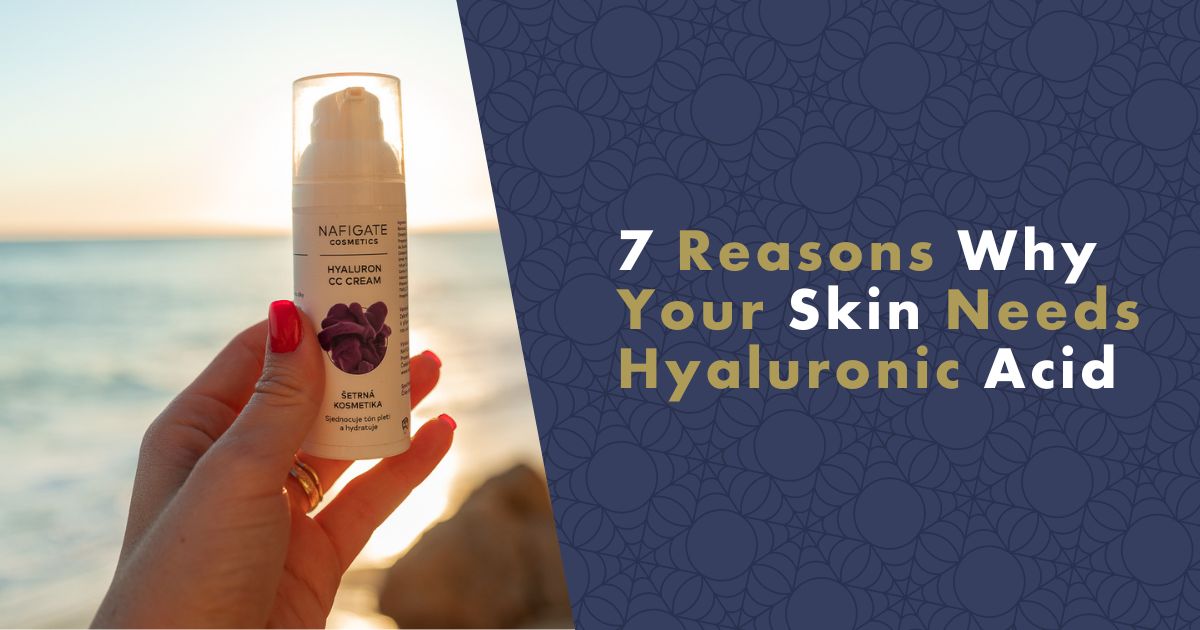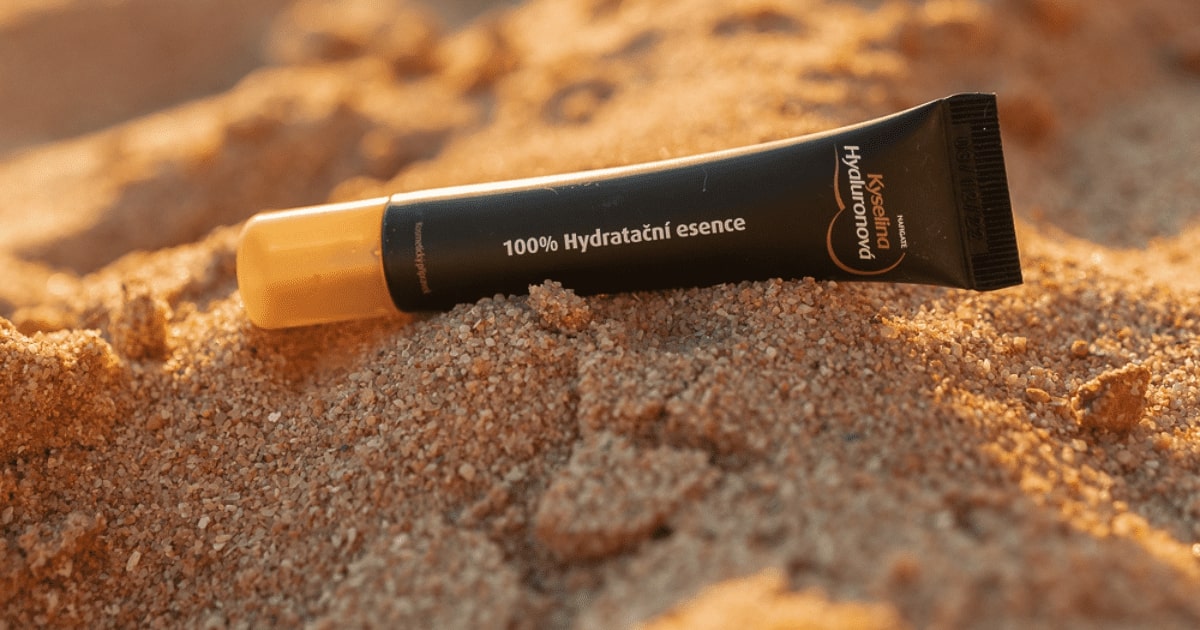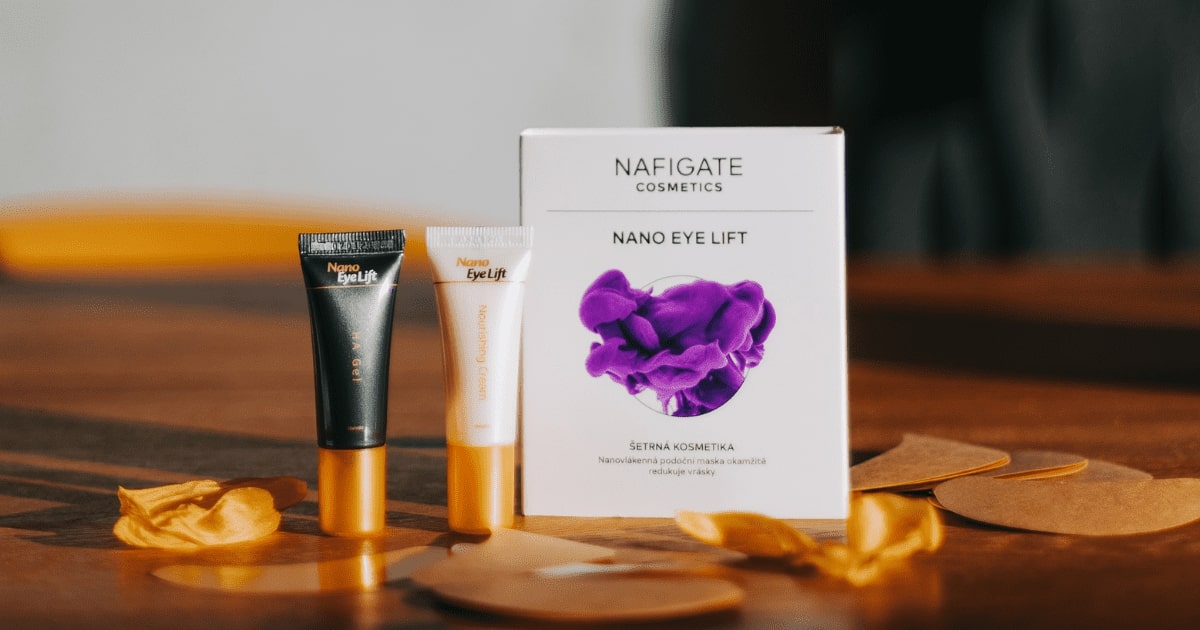There is one substance that is considered the elixir of youth for our skin by all skincare enthusiasts, dermatologists, and scientists alike - hyaluronic acid. Yes, it's that famous molecule, which works wonders in dermal fillers but also achieves magical results in serums, creams, and masks for skin hydration and nourishment.

Well, but What Is Hyaluronic Acid Really?
Hyaluronic acid actually naturally occurs in our body - yes, that's right, we all have it right now! Its role is to keep our skin healthy and hydrated from the inside, similar to collagen.
TIP: Hyaluronic Acid: What are the best products?
However, just like collagen, the level of hyaluronic acid gradually decreases with age, making it a clear and effective ingredient for skin regeneration and revitalization.
Tip: Hyaluronic acid is also used as a dietary supplement in the form of capsules or gel, helping to keep joints healthy and flexible and can help alleviate pain and swelling associated with arthritis or other joint problems.
So, What Does Hyaluronic Acid Actually Do?
1) It hydrates the skin by binding water (one molecule binds up to 1000 water molecules!)
Hyaluronic acid is a hydrating ingredient in skincare - that means it can bind water molecules and keep our skin hydrated for a long time. Its ability to bind water helps increase the natural suppleness of the skin, prevents its dryness, and keeps the skin healthy and bright.
2) It supports the skin's natural healing processes
Hyaluronic acid is vital for happy and radiant skin - it naturally accelerates the healing processes in our skin, helps combat acne, and keeps the skin healthy and free from pimples.
Our skin needs a constant level of moisture to function properly - if it is too dry, the skin heals poorly and cannot defend itself against external negative influences. Hyaluronic acid effectively helps weakened and dry skin by keeping it optimally hydrated and nourished.
Tip: How to get rid of acne? Read the article 10 effective tips to get rid of acne.
3) It regenerates the skin and smoothes fine lines and wrinkles
The most celebrated effect of hyaluronic acid is its ability to fill in fine lines and wrinkles.
As we age, our skin loses the ability to hydrate sufficiently, and the first signs of aging such as lines and wrinkles appear, but hyaluronic acid can delay this process by hydrating the skin more, filling in fine lines and wrinkles, and effectively disguising the first signs of aging.
Tip: Try the Wrinkle reducing serum 50+
4) It is a natural antioxidant
Not only does hyaluronic acid hydrate and nourish the skin excellently, but it also protects it from damage caused by polluted environments and provides active protection against ultraviolet radiation. We all know very well that harmful free radicals can cause unpleasant effects on our skin if an effective antioxidant is not present. Yes, you guessed it right, that effective antioxidant is hyaluronic acid.
#produkty#https://www.nanospace.store/search/?string=hyaluronic+cream
5) It soothes and softens sensitive skin
In addition to hydrating the skin and smoothing wrinkles, hyaluronic acid has a beneficial effect on sensitive skin. Whether your skin is red or dry, after applying hyaluronic acid, thanks to its deeply hydrating abilities, the skin will calm down and be protected from further irritation.
Tip: Want to learn how to take care of your skin in winter? Read this article.
6) It brightens the skin and gives a youthful appearance
The incredible hydrating ability of hyaluronic acid allows it to nourish the skin at the deepest dermal level and is the key to achieving a naturally youthful and radiant complexion that looks beautiful and healthy at first glance. No, we don't mean the shine that heavy moisturizers leave behind, but we mean that gentle and natural glow that we all had in our twenties and that we can achieve only through deeply hydrated and healthy skin.
Tip: What are the best products with hyaluronic acid? Read in the following article, where you will learn how to choose the right cosmetics.
7) It prevents the formation of large pores and smoothes uneven skin texture
Did you know that the main culprit for rough skin and large visible pores is inadequate skin hydration?
TIP: How does the nanofiber mask work, reducing up to 75% of wrinkles?
When the skin is deeply hydrated, it is full, completely full of moisture, and the skin's texture appears smooth and without visible large pores! That's why when your skin is even slightly dehydrated, pores and uneven skin texture become much more noticeable.
Tip: Before choosing a facial mask, we recommend reading the article - How to choose the best facial mask?
So, are you convinced that your skin needs hyaluronic acid? Yes? Before you run away from here, let's talk about how to best incorporate it into your skincare routine.
How to Get the Most Out of Hyaluronic Acid
One of the most common products containing hyaluronic acid is a lightweight serum, designed to nourish all skin types - hyaluronic acid is an ultra-light, incredibly moisturizing ingredient that is suitable for everyone.
The only problem with hyaluronic acid lies in its miraculous hydrating ability because as quickly as it can bind water molecules and deeply nourish the skin, it can also evaporate. This can happen either in a low humidity environment or if hyaluronic acid is not properly absorbed into your skin.
#produkty#https://www.nanospace.store/search/?string=hyaluronic+serum
Tip: Interested in the history of cosmetics? Read the article about the history of facial masks.
It has been found that the best way to ensure that hyaluronic acid is 100% absorbed into the skin and stays there is by using a mask containing hyaluronic acid. Our [n]fibrecare masks are designed to be the perfect vehicle for delivering nourishing ingredients like hyaluronic acid directly where the skin needs it most.
Sources:
- Papakonstantinou, E., Roth, M., & Karakiulakis, G. (2012). Hyaluronic acid: A key molecule in skin aging. Dermato-endocrinology, 4(3), 253-258. doi: 10.4161/derm.21923
- Kaya, G., Tran, C., Sorg, O., & Hotz, R. (2006). Hyaluronate fragments reverse skin atrophy by a CD44-dependent mechanism. PloS one, 1(1), e56. doi: 10.1371/journal.pone.0000056
- Jiang, D., Liang, J., & Noble, P. W. (2007). Hyaluronan in tissue injury and repair. Annual review of cell and developmental biology, 23, 435-461. doi: 10.1146/annurev.cellbio.23.090506.123337
- Salah, E., & Almazrooa, A. (2018). Hyaluronic Acid: A Promising Skin Rejuvenating Biomedicine. Saudi Journal of Medicine and Medical Sciences, 6(1), 1-6. doi: 10.4103/sjmms.sjmms_68_17
- Wang, F., Garza, L. A., Kang, S., Varani, J., & Orringer, J. S. (2011). An in vivo study of the effect of hyaluronic acid filler injections on facial pores. Journal of cosmetic dermatology, 10(2), 131-138. doi: 10.1111/j.1473-2165.2011.00557.x
- Boregowda, S. V., Booker, C. N., & Smith, M. K. (2019). Topical Hyaluronic Acid as a Dressing for Dermal Wounds. Advances in wound care, 8(6), 250-257. doi: 10.1089/wound.2017.0765
- An, H. J., Kim, K. J., Kim, H. K., Park, K. S., Kim, H. J., & Kim, C. H. (2012). Molecular mechanism of Angelicae Gigantis Radix for collagen production in normal human dermal fibroblasts. Journal of ethnopharmacology, 142(1), 218-224. doi: 10.1016/j.jep.2012.04.021



